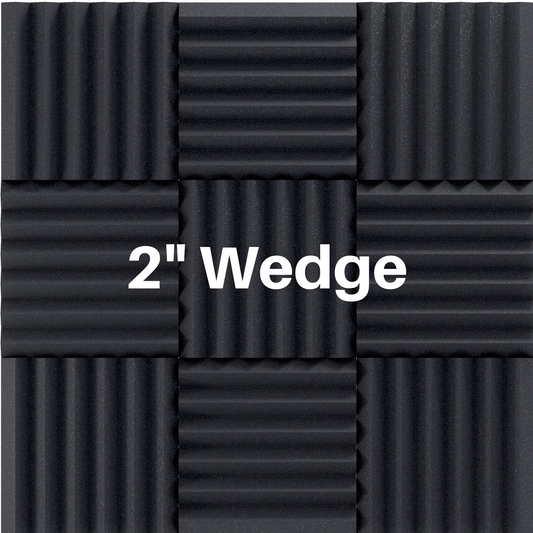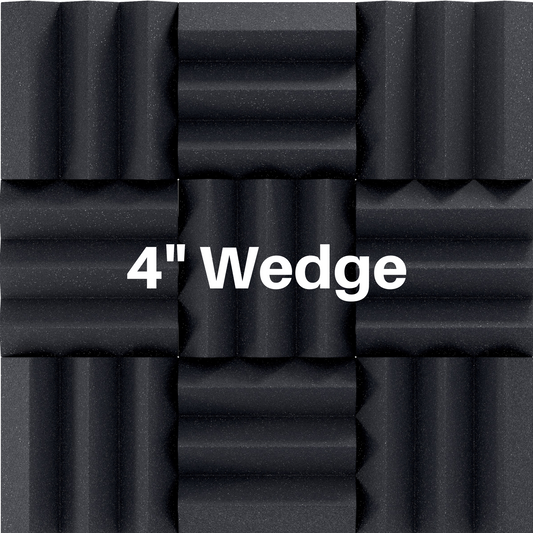Soundproof A Band Practice Room
Share
It happens all too often. You and your bandmates get together to practice the songs you all have worked so hard to learn on your own. The jamming begins and you find yourself having the hardest time hearing your instrument in the mix. You crank up the volume a bit to compensate for your inability to hear and the next thing you know all your mates follow suit. Now it has gone from hard to hear yourself play to nearly impossible. What can you do to help?
Let's start off by identifying the source of this problem. Often times, it's the floor where you're practicing! If you're in a space that has an all hard surface, then you're likely experiencing this sound issue. This can happen in a garage that has a concrete floor, sheetrock walls, a sheetrock ceiling and a couple of area rugs on the floor. A basement with concrete floors, brick walls, and sheetrock ceiling also falls under the "all hard surface" dilemma. Even a room in the house with a fully carpeted floor, brick fireplace, drywall walls, and popcorn ceiling can have this sound problem.
The hard surfaces in the room reflect sound causing reverberations. With so many loud sound sources like drums, guitar, bass, keyboards and vocals it is no wonder your instrument gets lost in the mix.
The sound solution for this problem is to add absorption material to the room which will reduce the amount of echoes and reverberations in turn increasing the sound clarity of the room. Acoustic foam panels are the perfect sound absorber for the project. Adding acoustic foam to a room that has all hard surfaces can make a day and night difference in the sound clarity.
Think of sound waves like blue racquet balls flying through the air and bouncing off the floors, walls, and ceilings. In this metaphor, the acoustic foam tiles would be like having squares of sticky glue on the walls that stop the racquet balls from bouncing.
What thickness of acoustic foam do you need? The thicker the acoustic foam is the more sound it can absorb. This is shown in the NRC table below. Also, thinner 1" and 2" thick panels are great for absorbing high end frequencies while thicker foam and bass traps are preferred for absorbing low end noise and bass tones. Therefore, you may need a combination of multiple thicknesses in order to tone down the full frequency spectrum.
How much acoustic foam do you need? You will never need to cover 100% of the space unless you are building an isolation room. General rule of thumb is 20%-70%. Our suggestion is to always start small and add more if needed. No need to waste a bunch of money on the extra 50 square feet of acoustic panels that you didn't need.
Where to install acoustic panels? We suggest starting from the ceiling and working your way down. For most applications, foam panels do not need to be lower than 2 to 3 feet from the floor. Placement should be concentrated around where the sound originates and at reflection points. We also recommend placing some foam in each corner, starting from the ceiling and going down. This will help deaden noise and trap it in the corners of your room. Bass traps are excellent corner solutions.
Every room has different sonic characteristics so there is not one single formula for treating a room. Please contact us if you have any questions about your room. We are happy to help!
SHOP Acoustic Foam!






